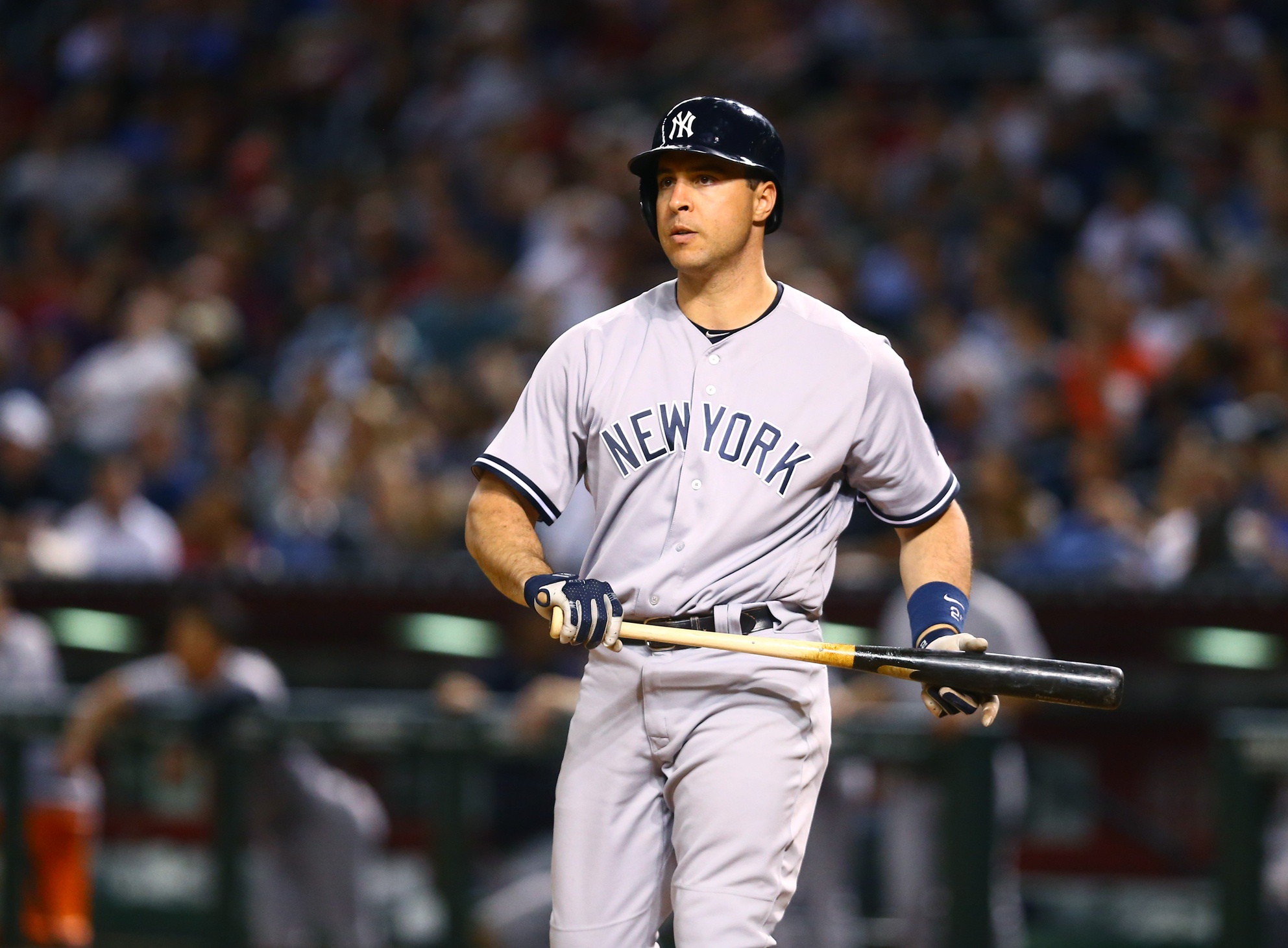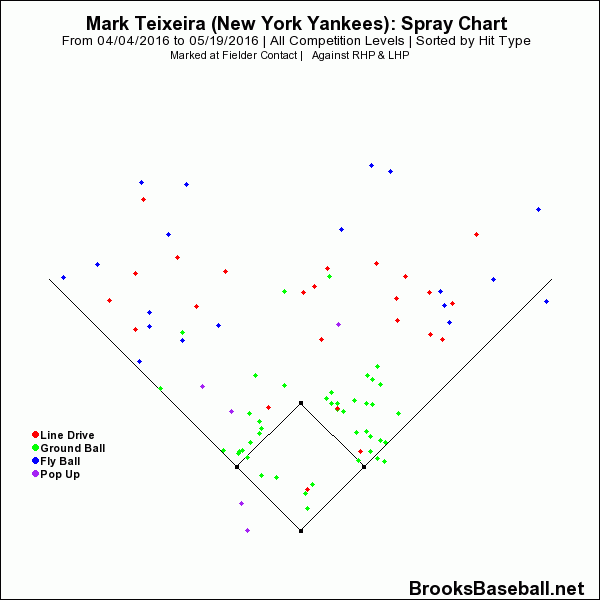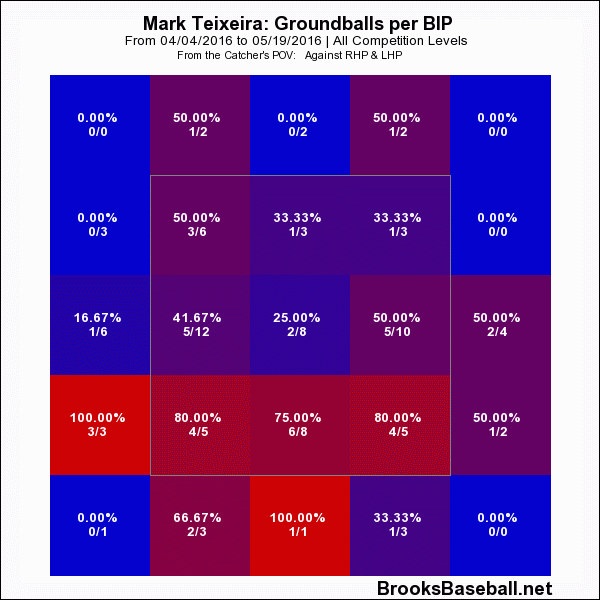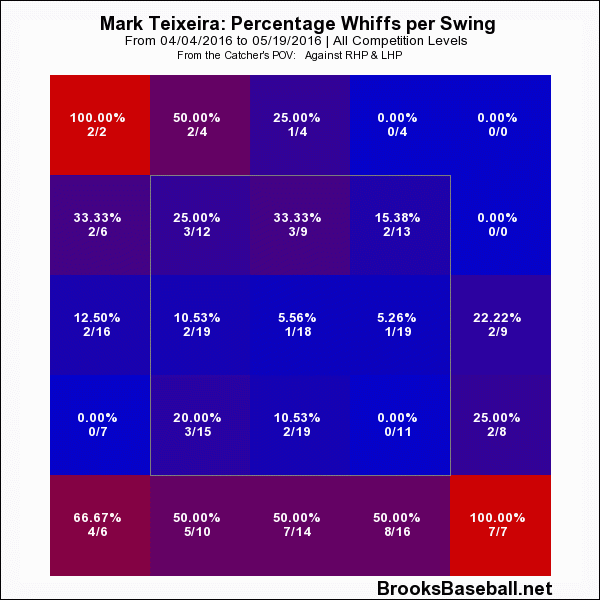Being a writer is a lot like being a baseball player. You have weeks or even whole months that are highly productive. You effortlessly churn out four or five well-received pieces and you think to yourself, “I’m so glad I decided to become a writer!” And that’s when you feel like nothing can stop you. Then there are the times when it seems as though your brain has decided to shut down completely. It has become devoid of any ideas, you feel as if you want to give up on writing altogether, and that combination of having no ideas and feeling utterly useless will not allow your fingers to type a single word. Those are the times that can be both challenging and mentally draining. I liken those rough periods of minimal writing to a baseball team or player being in a slump. They put in the work in the cage and they feel good about their swing, or they throw a bullpen session where all of their pitches are working and feel great, but all that effort, for some reason, doesn’t always translate into a good performance on the field.
As a writer who goes through those peaks and valleys more than she cares to admit, I can definitely relate to what Mark Teixeira is going through. He is working hard, and doing everything he can to improve at the plate, but it’s just not translating into positive results on the field. At least not yet. Though he did hit a ball pretty far off Shelby Miller in Arizona that looked like it could have been for extra bases, but it was caught by Brandon Drury who made a nice play. Teixeira ended up going 0-5 in his last game in Arizona. He hit the ball hard in his first two at bats and then struck out swinging in his last three at bats which brought his season numbers down to .203/.307/.301 with a TAv of .223. And now that we are entering late May, this is no longer just a slow start. Teixeira is having real issues.
Another Slow Start?
Teixeira has always been known to start slowly every year and that is clearly reflected in his monthly career splits:
| BA | OBP | SLG | HR | RBI | |
|---|---|---|---|---|---|
| April/March | .235 | .343 | .434 | 47 | 145 |
| May | .276 | .366 | .515 | 73 | 244 |
| June | .255 | .352 | .509 | 72 | 228 |
| July | .287 | .379 | .547 | 72 | 216 |
| August | .283 | .367 | .529 | 72 | 225 |
| Sep/Oct | .285 | .370 | .543 | 61 | 207 |
So far this season, his power numbers are also way down. Since April 13, the date of his last home run, Teixeira’s gone 21-108 with only three RBI. At least in the past when he was mired in his slow starts, the ball was flying out of the ballpark when he was making contact. That is not happening this year. As it stands, he has three home runs and 11 RBI in 33 games. For some perspective, he finished his injury-mired 2013 with three home runs and 12 RBI in only 15 games.
In April, Teixeira walked 15 times and struck out 20. Those 15 walks, helped him to a .357 on base percentage in April. So far in May, his on base percentage (.242) and walks (5) have dropped significantly, while his strikeouts (21) have increased.
Is his age finally catching up to him?
There are many factors that could be affecting Teixeira at the plate, but the most obvious one, and the one that he probably wouldn’t want to admit as being a major problem, is his age. He turned 36 last month and nothing affects a player’s numbers more than age. Getting old is inevitable. Everyone goes through it and usually, their numbers will show it before their bodies do. Of course, there are exceptions to this rule—and a couple of those exceptions on the Yankees with Tex—but usually, players will see a drop in production after a certain age and nothing can be done about it.
In 1982, Bill James wrote in his Baseball Abstract, “Good hitters stay around, weak hitters don’t. Most players are declining by age 30; all players are declining by age 33. There are difference in rates of decline, but those differences are far less significant for the assessment of future value than are the differing levels of ability.” And thanks to that Bill James Abstract, J.C. Bradbury conducted a study in April 2009 that was published in the Journal of Sports Sciences. It was about how baseball players age. He then published an article in early 2010 on Baseball Prospectus, explaining some of his findings. His conclusion in the study was that baseball players peak at age 29 and since that notion was met with some resistance by the sabermetric community which always considered age 27 to be a player’s peak, he went on to explain his findings to the Baseball Prospectus readership. He went a step further and broke it down by skill, and in those cases, some of the peaks were both higher and lower than age 29.
According to Bradbury’s findings, the Peak Age by Skill for Hitters were as follows:
OBP 30.0
SLG 28.6
AVG 28.4
Walk Rate 32.3
2B+3B Rate 28.3
Home Run Rate 29.9
And when taking a look at Mark Teixeira’s career, his peaks in most of those categories occurred between age 28 and age 32. His career high in on base percentage (.410) and batting average (.308) were during his age 28 campaign, also known as the year before he hit free agency and signed with the Yankees. His slugging percentage peak (.575) was actually a bit of an outlier, occurring at age 25, but his second best year was age 29 when he posted a .565. His two best years in walk rate were actually his age 28 (97) and age 30 (93) seasons. His best years for doubles and triples were his age 26 and age 29 seasons—he finished with a total of 46 doubles and triples combined. And finally his highest home run total was in 2005, but the year he led the league was in 2009, also his age 29, when he finished with 39.
But back to 2016. Why is Teixeira struggling so much now? It can’t just be that he turned 36 and his body suddenly decided it was too old to play baseball. Last year, before he was lost to the season with a broken bone in his leg, Teixeira was batting .255/.357/.548 with 31 home runs and 79 RBI with a TAv of .313.
Worm Killer
So what gives? A major problem up to this point is that he’s hitting a lot of balls on the ground. In fact, Teixeira’s hitting them on the ground more (47 percent) and in the air less (28 percent) this season than in any season during his career.
This is his spray chart for this season. The majority of the specks of green you see on the chart that barely made it out of the infield, were outs.
This is what it looks like from the catcher’s prospective when Teixeira is up to the plate (overall, no splits) and hits those ground balls.
As you can see, a lot of the pitches he’s driving into the ground are at the lower part of the zone, and in some cases, below it.
Breaking it down even further, Teixeira’s numbers by pitch type vary a lot. He is having an easier time with four seam fastballs (.327 BA) than he is with sinkers (.154). He’s seen 13 cutters and has only hit one for a hit (.077), he’s seen 18 changeups and is batting .278 and he’s seen a small number of knuckleballs, splitters and curveballs, but in the small number he has seen, he hasn’t done very well against them.
And his splits are as follows:
- As a righty batter vs. lefties – He has 12 hits in 81 at bats—nine singles and his three home runs. He also has 32 strike outs and 12 walks. His batting average is .148
- As a lefty batter vs. righties – He has 15 hits in 49 at bats—11 singles and four doubles. He has eight strike outs and eight walks. His batting average is .306
- He’s only had three at bats as a righty batter vs. a righty pitcher. He has no hits and one strike out.
Teixeira is also swinging through pitches low in the zone—the same spot where he’s also have trouble making good contact and pounding balls into the ground—And he’s having trouble chasing pitches that are away when he’s batting from the left side.
The key for Mark Teixeira to salvage his 2016 season is to make good contact and to get the ball in the air a little more. If he does that, and if the balls carry in the warmer summer weather, maybe we’ll see his numbers pick up just like they have during his entire career up to this point. But if he doesn’t, and he continues to kill some more worms, this is going to be a long, arduous season for the Yankees’ first baseman.
Photo credit: Mark J. Rebilas / USA TODAY Sports



